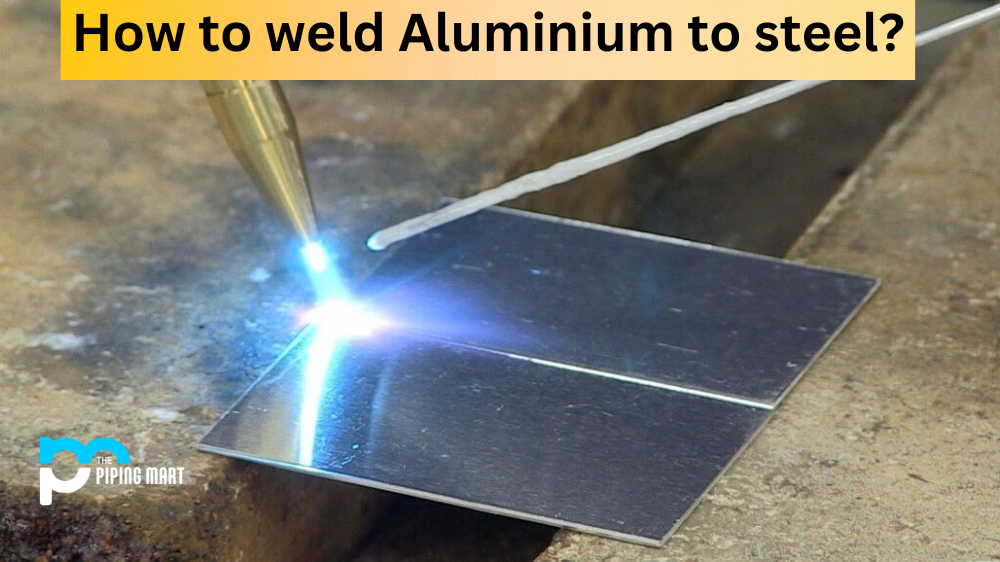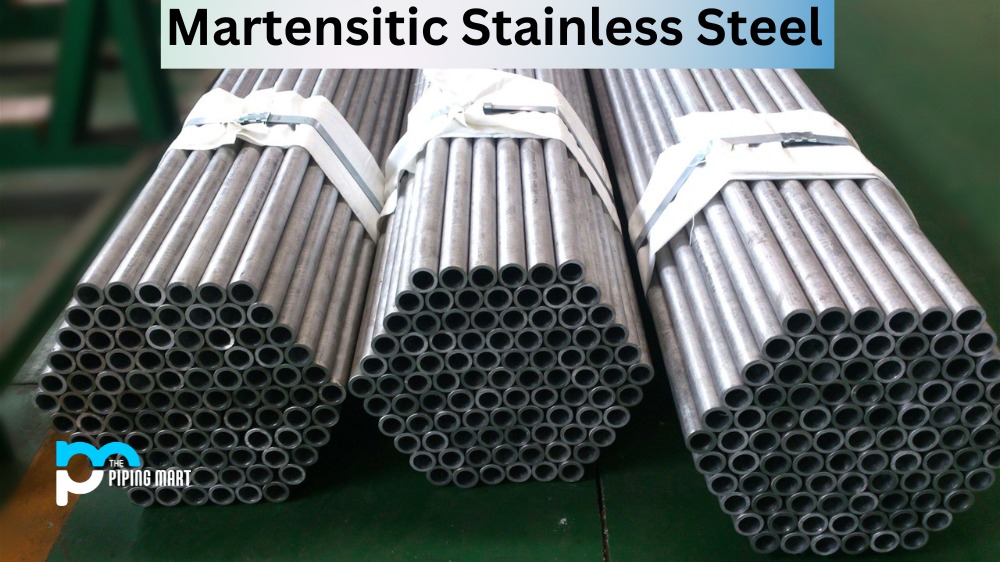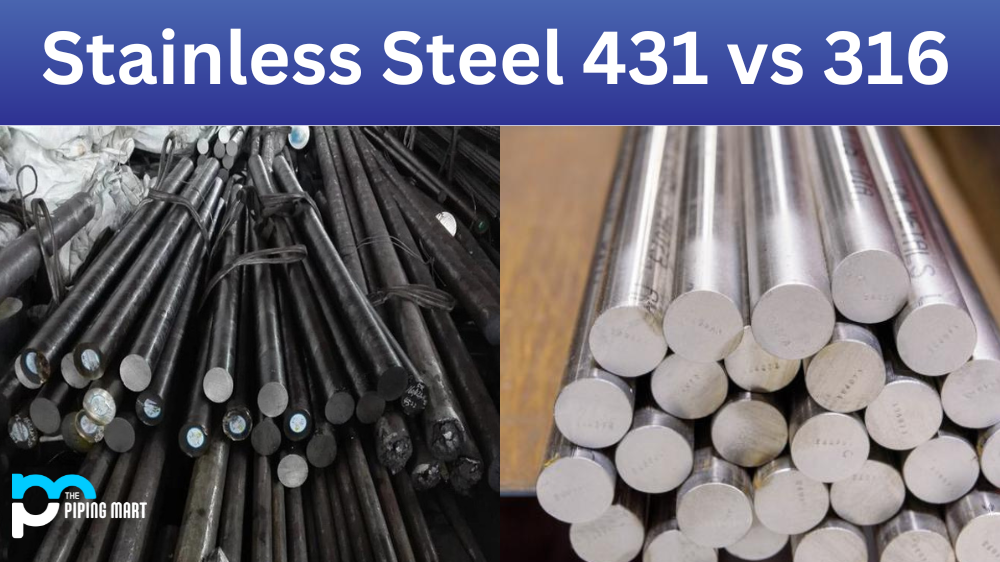Joining aluminium and steel together is a common welding task. This process can be quite tricky, however, as the two metals have different melting points. It is important to use the right method and understand the basics of welding aluminium to steel so that you can achieve a strong and lasting joint.
Welding Techniques for Aluminum to Steel
When welding aluminum to steel, it’s important to use a proper technique in order to ensure that both materials are joined securely. Here are some tips on how you can get started with this process:
- Use a TIG welder – TIG welders are more precise than MIG welders when working with aluminum and steel. They also provide better control over heat input and allow you to manipulate the metals more easily.
- Clean the surfaces – Before welding, make sure that any dirt or oils on the surface of either metal are removed with an abrasive or grinder. This will help ensure that there are no contaminants that could interfere with your weld.
- Know your filler – To successfully join aluminium and steel together, you will need a filler rod made from nickel-based alloys such as Inconel or Hastelloy X. These rods contain enough nickel content to bridge the temperature differences between the two metals while still providing strength and longevity for your joint.
- Use flux – Flux helps protect your weld from oxidation which can weaken it over time. Using a flux specifically formulated for aluminium-to-steel welding will help prevent corrosion and improve strength at your joint line.
- Control your heat input – It’s important not to apply too much heat when joining these two metals together as it can cause warping or cracking of either material where they meet. Carefully monitor your temperature settings throughout the entire welding process in order to achieve a secure joint without compromising either metal’s integrity.
Conclusion:
Welding aluminum to steel may seem intimidating at first, but if you understand the basics and take precautions not to compromise either material’s integrity, then it can be done safely and effectively! Be sure to use proper technique, clean both surfaces before joining them together, choose an appropriate filler rod, add flux for protection against oxidation, and always keep an eye on your heat input levels during welding in order to get great results every time! With these tips in mind, anyone should be able to achieve successful aluminium-to-steel welding results!
Meet Heer, a dynamic and driven writer learning tricks of her trade in the metal industry. With a background in Digital Marketing, Heer brings a unique perspective to her writing, sharing valuable insights. Apart from blogging she like reading and hiking.




